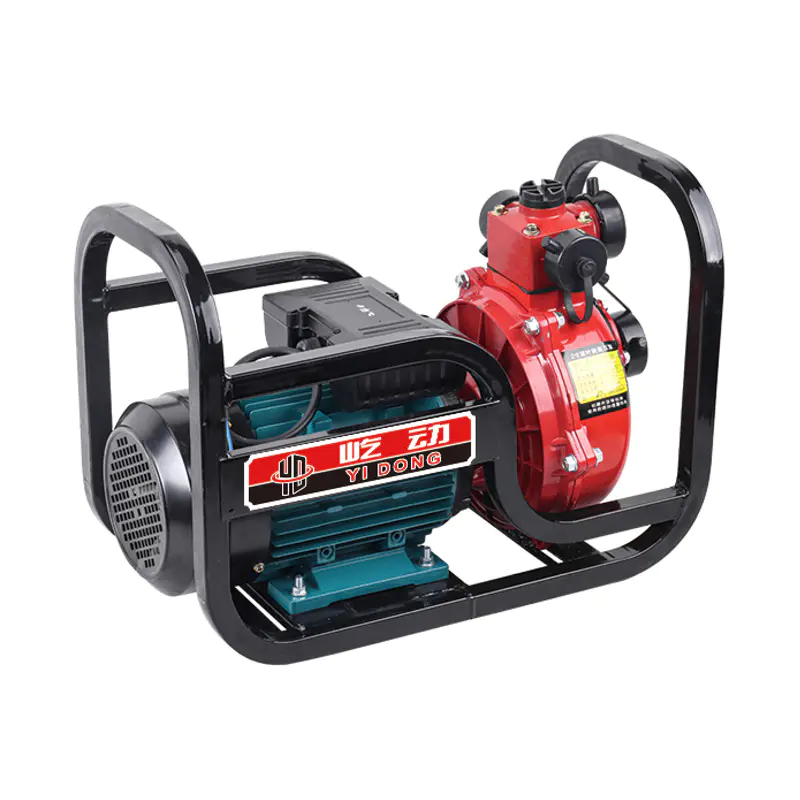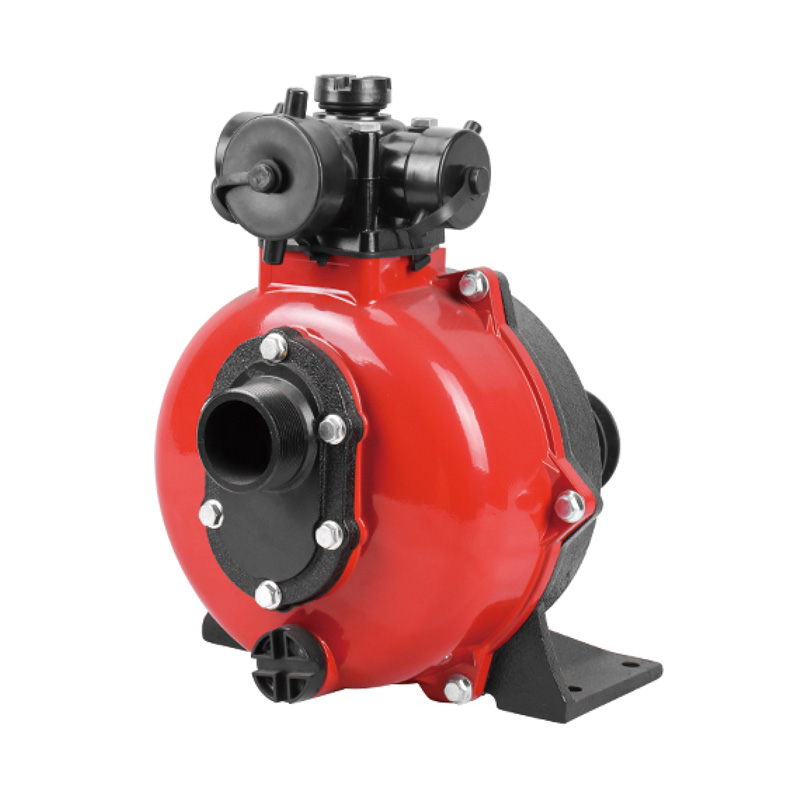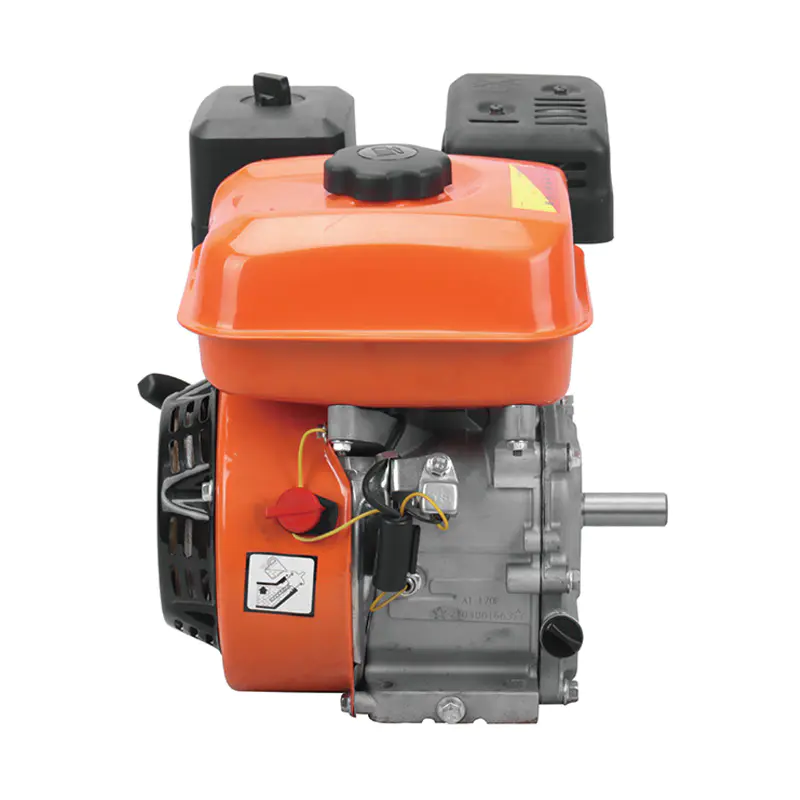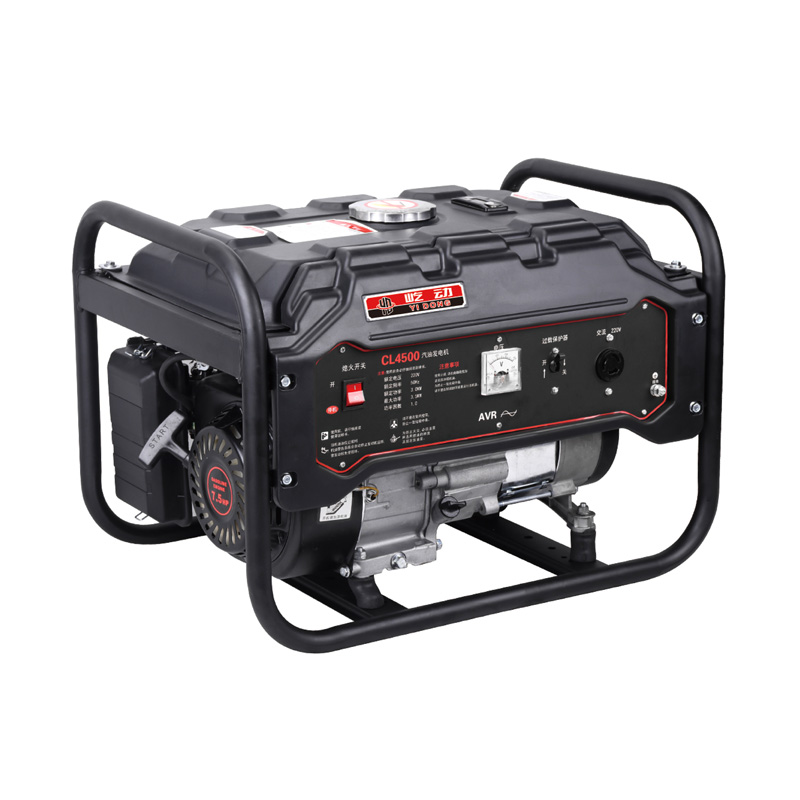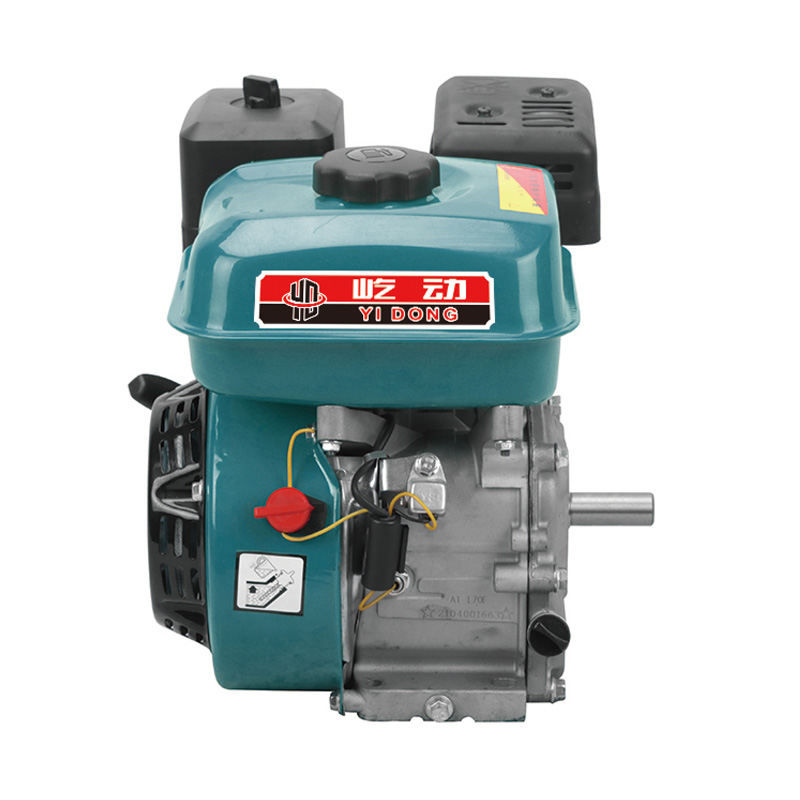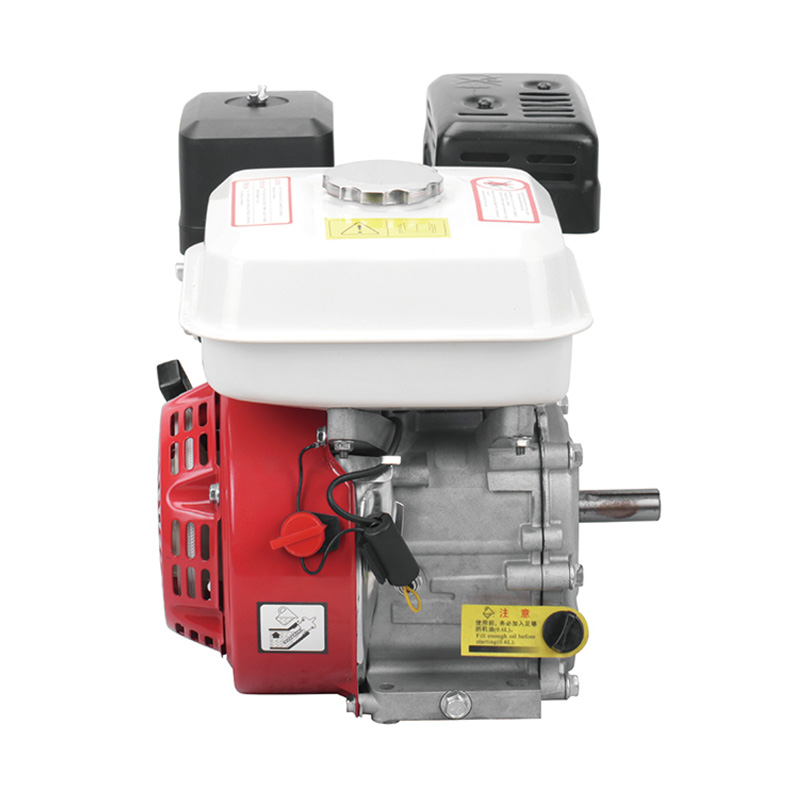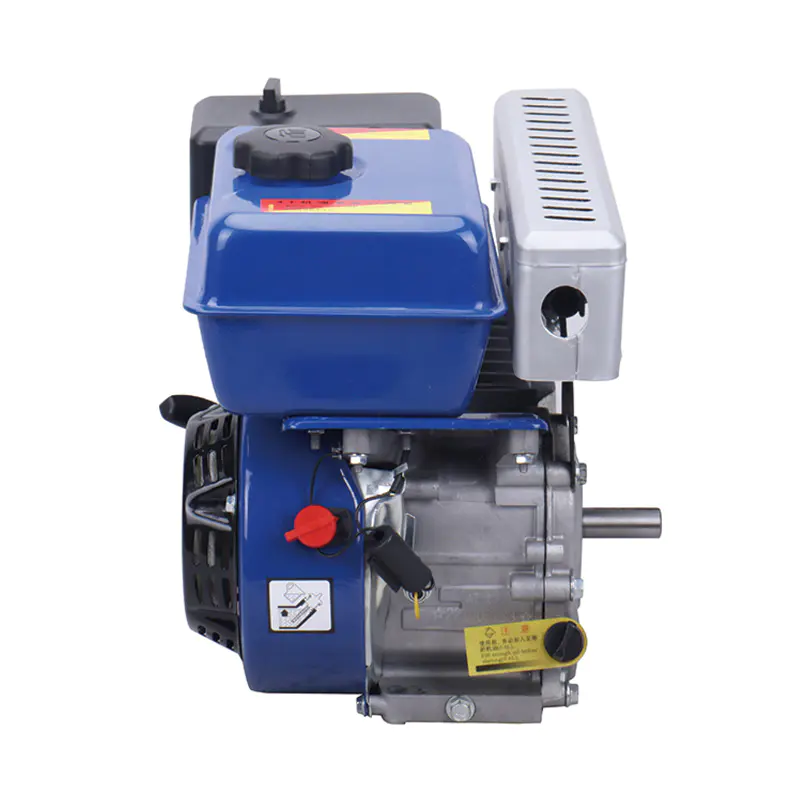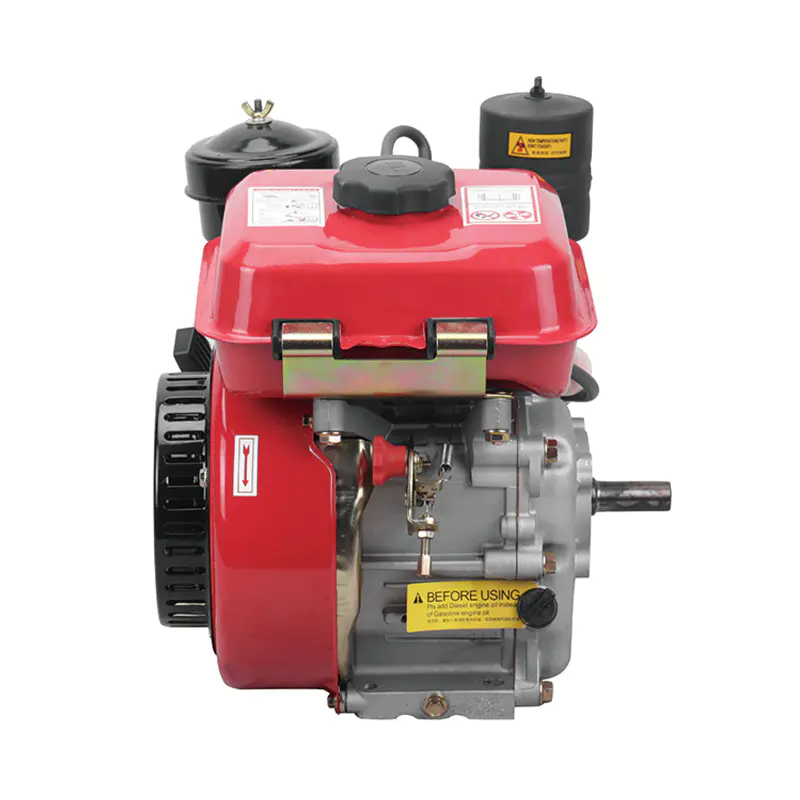I. Understanding the Domestic Compact Submersible Centrifugal Water Pump
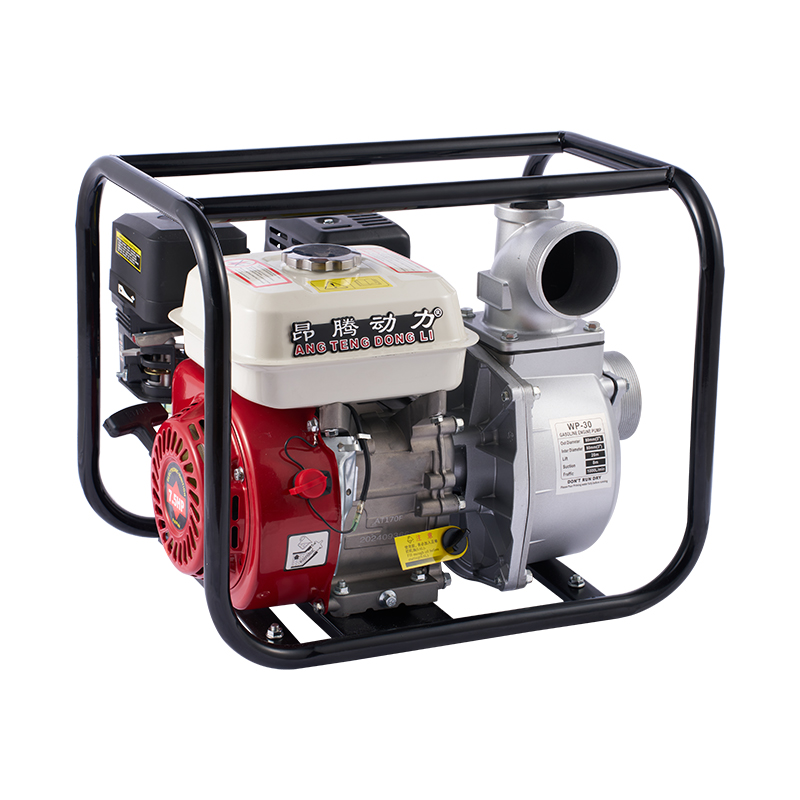
A domestic compact submersible centrifugal water pump is a practical solution designed for household water management. Unlike traditional surface-mounted pumps, this type of pump is installed below the water surface, often submerged in a well, tank, or sump. Its compact structure and efficient hydraulic design make it suitable for domestic water supply, garden irrigation, and small-scale drainage tasks.
The working principle of a centrifugal submersible pump involves using an impeller to convert mechanical energy from an electric motor into kinetic energy, which moves the water through the system. The motor and pump are usually sealed within a waterproof casing to prevent leakage and protect internal components.
Compact submersible pumps are designed with space efficiency and ease of installation in mind. Their smaller size allows them to be used in residential settings where space is limited, while their quiet operation makes them convenient for indoor or near-living-area installations. Additionally, their energy-efficient performance supports regular household water distribution without requiring frequent maintenance or adjustment.
In many modern households, these pumps have become a key component of water circulation systems, especially in regions where water needs to be transferred between storage tanks or lifted from wells. They offer consistent water pressure and reliable operation, contributing to a smoother and more stable domestic water supply.
II. Advantages and Practical Applications
Domestic compact submersible centrifugal water pumps offer several advantages that make them appealing for everyday residential use.
1. Compact Design and Space Efficiency
One of the main advantages is the compact structure of these pumps. The design integrates the motor and impeller into a single enclosed unit, minimizing installation space. This allows users to install the pump in narrow wells, water tanks, or basins without additional supporting structures.
2. Quiet and Vibration-Free Operation
Because the pump operates underwater, it generates minimal noise and vibration compared to surface pumps. This feature enhances comfort in domestic environments, especially when pumps are used near living spaces or gardens.
3. Reliable and Efficient Performance
The centrifugal mechanism ensures steady water flow, making these pumps ideal for household water supply, garden irrigation, or filling storage tanks. Many modern models are also equipped with automatic control features such as float switches or pressure sensors, enabling efficient water level management.
4. Versatile Applications
Domestic compact submersible centrifugal pumps are suitable for multiple applications, including drawing groundwater from wells, emptying flooded basements, transferring rainwater, and maintaining water circulation in garden ponds. Their adaptability to various household tasks makes them an all-around utility device.
5. Durability and Low Maintenance
With their sealed motor housing and corrosion-resistant materials, these pumps are built to operate under wet conditions for extended periods. Stainless steel, engineering plastics, or treated cast iron are often used to ensure longevity. Since the pump remains submerged and lubricated by the surrounding water, maintenance requirements are generally low.
The combination of these benefits makes domestic compact submersible centrifugal pumps not only efficient but also convenient for continuous use in residential environments.
III. Considerations for Selection and Maintenance
When selecting a domestic compact submersible centrifugal water pump, several factors should be evaluated to ensure long-term reliability and suitability for the intended purpose.
1. Flow Rate and Head Requirements
The pump’s flow capacity and lifting height must match household water needs. Pumps with higher heads are suitable for deeper wells or multi-level buildings, while lower-head pumps may be sufficient for garden or tank applications.
2. Material Compatibility
The choice of materials should correspond to the type of water being handled. For example, stainless steel components are preferred for clean or slightly mineralized water, while engineering plastics are appropriate for light-duty applications.
3. Power Consumption and Efficiency
Energy efficiency is another key consideration. Pumps with optimized impeller design and efficient motors can reduce power usage without compromising performance, offering long-term cost benefits for domestic users.
4. Installation Environment
Since the pump operates underwater, it should be installed in a clean and stable location free from excessive debris. Protective screens or filters can prevent clogging, extending service life.
5. Routine Maintenance
While submersible centrifugal pumps require little upkeep, periodic inspections ensure continuous operation. Users should check the electrical cables, seals, and impeller condition periodically to maintain efficiency. Cleaning sediment or mineral buildup from the inlet area can further improve performance.
By carefully selecting and maintaining a domestic compact submersible centrifugal pump, households can enjoy dependable water flow with minimal disruption or energy waste.



 English
English русский
русский Français
Français Español
Español عربى
عربى